Picking the right table - coffee or end - can change how your living room looks and works. But these pieces don't exist in a vacuum. Understanding how they differ, and how they coordinate with the true anchor of your living room—the TV stand or media console—is the key to a harmonious and functional space.
This guide analyzes the key differences between coffee and end tables, helping you choose the perfect pieces to complete your living room layout.
Overview of a Coffee Table
Picture this: It's movie night, and you're lounging on the couch with friends. Where do you put the popcorn bowl, drinks, and maybe that fancy artisanal cheese plate you whipped up? Enter the coffee table - your living room's MVP (Most Valuable Piece).
A coffee table is central to daily life and serves as the focal point of your living room. Placed in front of the sofa, it naturally becomes a social gathering area for snacks, fruit, drinks, or just chatting. The height of the coffee table is usually designed to be the same as or slightly lower than the sofa seat.
With its spacious surface, everyone can easily grab what they need while relaxing on the couch. As the visual focus of the living room seating area, the coffee table also quietly tells the owner's attitude toward life. Displaying your record collection, aromatherapy products or even a small potted plant shows off your unique taste.
Pros
- Become an attractive feature in the living room
- Occasionally serves as a makeshift dining table
- Divide up open spaces
- Provide a wide, stable surface for snacks, drinks, books, and decorations
- Drawers or compartments for convenient storage
- A wide range of styles and materials to add charm to the living room
Cons
- Take up a lot of space in a small room
- Sharp edges can be a safety hazard for children and pets
- Regular cleaning is required to remove stains and tidy up clutter
- You may knock your knees and toes in narrow aisles
- The furniture layout is not flexible enough

Overview of an End Table
Now, let's shift our focus to the coffee table's sidekick - the end table. Think of it as your sofa's assistant, always within arm's reach when you need it.
Smaller than a coffee table, an end table is often placed next to a sofa or accent chair to add practical function. Its height is similar to the armrest of the seating, and the tabletop can hold a remote control, books, a table lamp, and drinks.
Many end tables also have a lower shelf or small drawer, providing some storage space to help us organize our odds and ends.
Pros
- Small size, doesn't take up much space
- Easy to move around, can be arranged as you like
- Provides a practical surface for drinks, books, and a lamp
- Can be used in various places, including the living room, bedroom, and entrance
- It has its own storage space in the form of drawers or shelves, which helps to keep things tidy
Cons
- Compared to a coffee table, the surface area is limited
- The small size makes it difficult to put heavy objects on it
- Some models have a weak supporting structure and are prone to rocking
- If the height is not chosen correctly, it looks strange next to the sofa and is not practical.
End Table vs Coffee Table: Key Differences
End tables and coffee tables are both essential pieces of furniture in the living room. They serve different purposes, have different designs, and are placed in different locations to meet our diverse needs in all aspects of life. Understanding their unique characteristics can help create a warm living room that is both practical and comfortable.
Purpose
The coffee table is usually at the center of the seating area. Drinks, snacks, and reading materials are placed on it, and during parties, it can also be used for fun board games. The coffee table is the social hub of the space, where people gather around it to share fun and interact.
A waiting quiet attendant on either side of the sofa or armchair, end tables can hold phones, glasses, or night lights to quietly add comfort and convenience during rest time.
Pro tip: When deciding between a coffee table and end tables, think about how you use your space. Are you a 'Netflix and chill' kind of person who needs a place for snacks and remotes? A coffee table might be your best bet. More of a book lover who needs a spot for your reading lamp and current novel? End tables could be the way to go.
Appearance and Design
Coffee tables usually have a large surface area and are decorative highlights in a room. They come in a variety of styles, from modern with a wooden top and legs with simple lines to classic with delicate carvings and antique grain.
End tables tend to be smaller and have simpler designs. They are often very simple in form, with a flat tabletop and perhaps one or two drawers for storing small items. They are designed to be understated and practical, not to be the focal point of the room.
Size and Shape
Coffee tables are much bigger, ranging from 36 to 60 inches in length and 16-18 inches high, and will accommodate cups, books, decorations, and the like. Shapes vary from elegant ovals and generous squares to artistic, odd designs that can fit naturally in the home.
End tables are small and exquisite, designed to fit neatly next to a sofa or chair. They are usually 18-24 inches wide and similar in height to the armrests of a sofa (25-30 inches). They are often square or rectangular.
Placement in the Room
Coffee tables placed in front of the sofa naturally create a gathering place in the entire space, where family and friends can sit around and chat, and where tea and snacks can be easily placed to share a good time.

End tables are placed next to sofas, armchairs, or beds, and when placed in pairs, they can create a sense of harmonious symmetry. They are thoughtfully placed against corners or large pieces of furniture, which is practical and does not block walking routes.
Pro Tip: Start with your focal point. Before you place a single coffee or end table, establish your room's main focal point. In most modern living rooms, this is the media wall. Position your TV stand or sideboard first, arrange your seating around it, and then use coffee and end tables to fill the space and complete the layout. This ensures all your furniture works together cohesively.
Materials
There are various combinations of materials, such as a glass top on a wooden or metal base, in the construction of coffee tables. They are large, and these are suitable for displaying more decorative materials, like marble, reclaimed wood, or industrial metals.
End tables can be made from a variety of materials, including wood, metal, glass, and stone. Wood is durable and warm, metal has an industrial feel, and glass adds a sense of transparency.
Durability
A coffee table has to withstand the daily onslaught of children playing on it, the temperature of hot tea cups, and the weight of decorative objects. It is located in the center of the living room, is large and low, and needs to be made of a sturdy and durable material to withstand the frequent daily contact and placement of heavy objects.
An end table is much more laid-back, with occasional use, such as a book or a table lamp, and the intensity of use is relatively light. Even so, it has to be strong enough to hold the objects placed on it firmly.
Creating a Cohesive Look: Pairing Tables with Your TV Stand
The secret to a professionally designed living room is creating a coordinated look. Once you've decided between a coffee table and end tables, the next step is to ensure they harmonize with your media console.

For a Rustic or Farmhouse Vibe
The warm wood tones and charming details of a farmhouse TV stand pair beautifully with a simple, solid wood coffee table or rustic end tables. The key is to match the wood undertones for a cohesive feel.
For a Modern or Contemporary Space
If your style is modern, consider pairing a sleek, minimalist coffee table with a trendy, textured media console. For example, the clean lines of a glass coffee table look stunning alongside the sophisticated vertical grooves of a fluted TV stand, creating a look that is both simple and luxurious.
FAQs
Can You Use an End Table as a Coffee Table?
It is possible to use an end table as a coffee table in a small space or a temporary situation. However, the surface space of an end table is too small to hold many items, and its height is higher than a regular coffee table, making it inconvenient to reach for things, so it is not suitable for replacing the role of a coffee table.
Should Coffee Table Match End Tables?
This makes for harmony and order visually more neat when you match your coffee table and end tables. If you take the mix-and-match style, however, different styles may collide in a unique charm, showing personality.
For example, an industrial style with a vintage side table may add another flavor. Therefore, there is no absolute answer. You should just decide according to your preferences and the atmosphere that you would like to create.
What Additional Features Should I Look for in Coffee or End Tables?
Consider the following while choosing a coffee or end table: The more extensive the base or feet, the less likely it is to topple.
The finishes of such furniture should be water-resistant and scratch-resistant to resist spills and general wear and tear; tempered glass tops are a good material for the job. For a house with kids or pets, the edges should be rounded to not causing a bump or an injury.
Conclusion: Building Your Perfect Living Room
Wrapping it up, both coffee tables and end tables bring their A-game to your living room, just in different ways. Coffee tables act as the social hub, while end tables are the quiet, practical supporters.
When choosing, consider not just your needs and style, but how these pieces will fit into the larger puzzle of your room. By ensuring they complement your main furniture, like your TV stand, you're not just buying a table—you're designing a complete, harmonious space where you'll feel right at home. Happy decorating!
Read More:

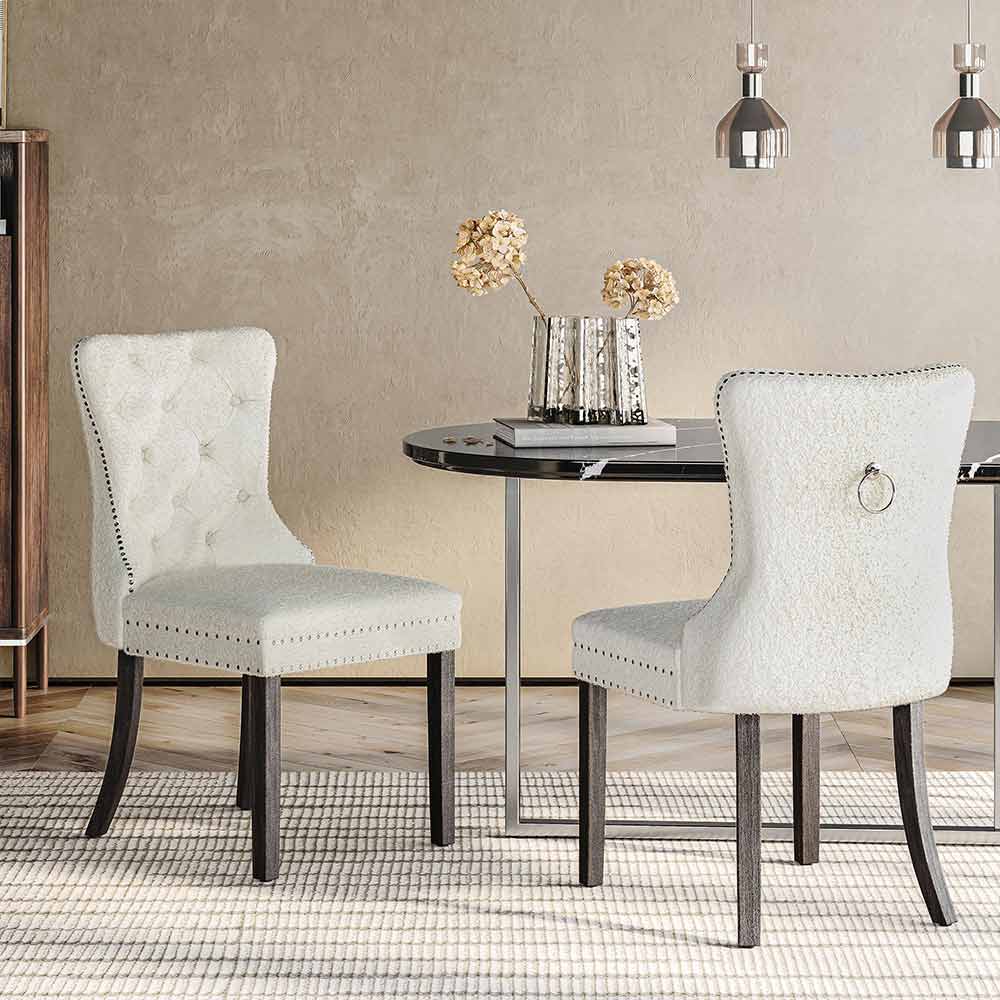


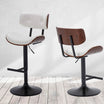
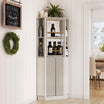

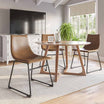

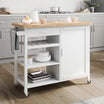
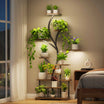
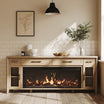
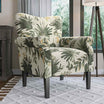
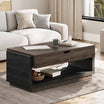



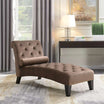
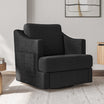

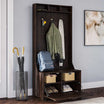


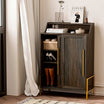
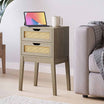
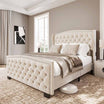


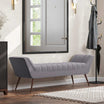
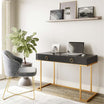

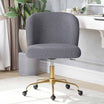

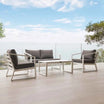
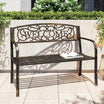
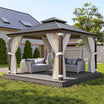
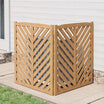
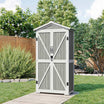

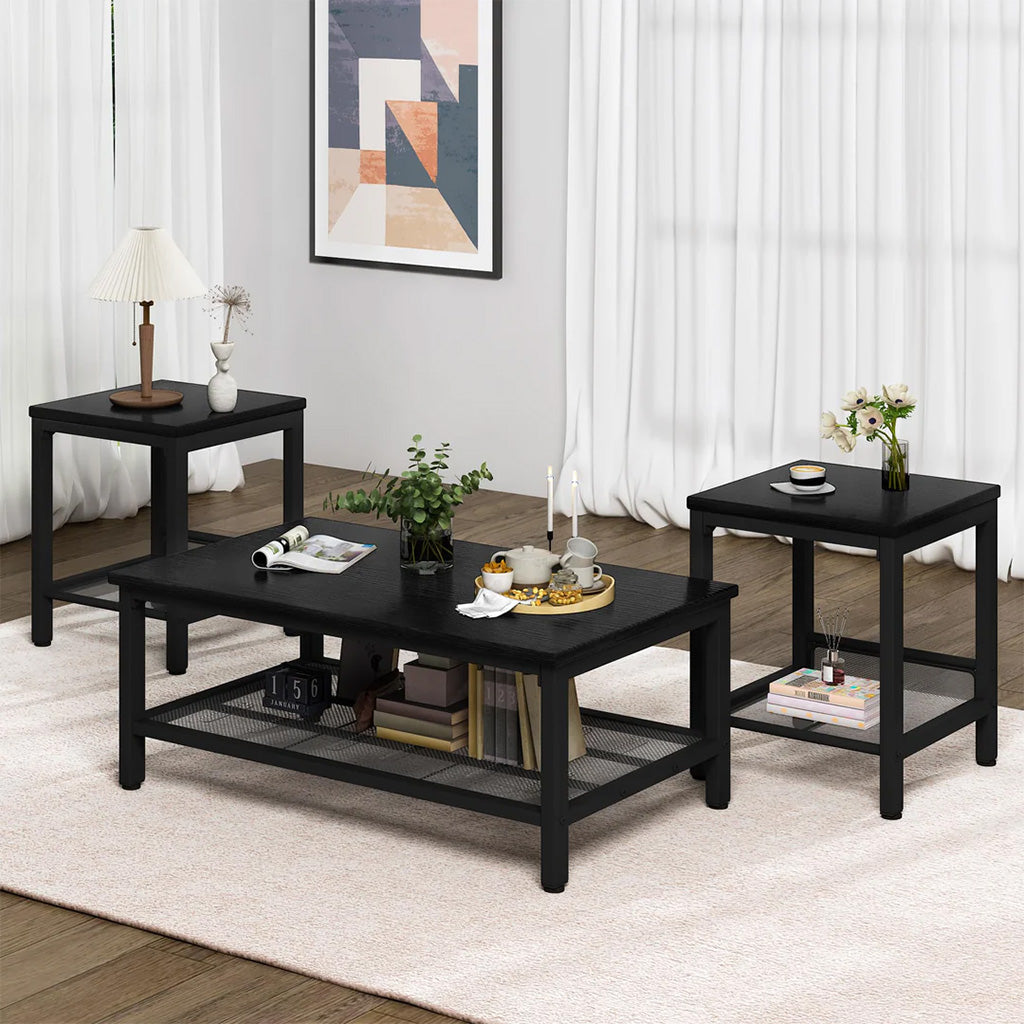
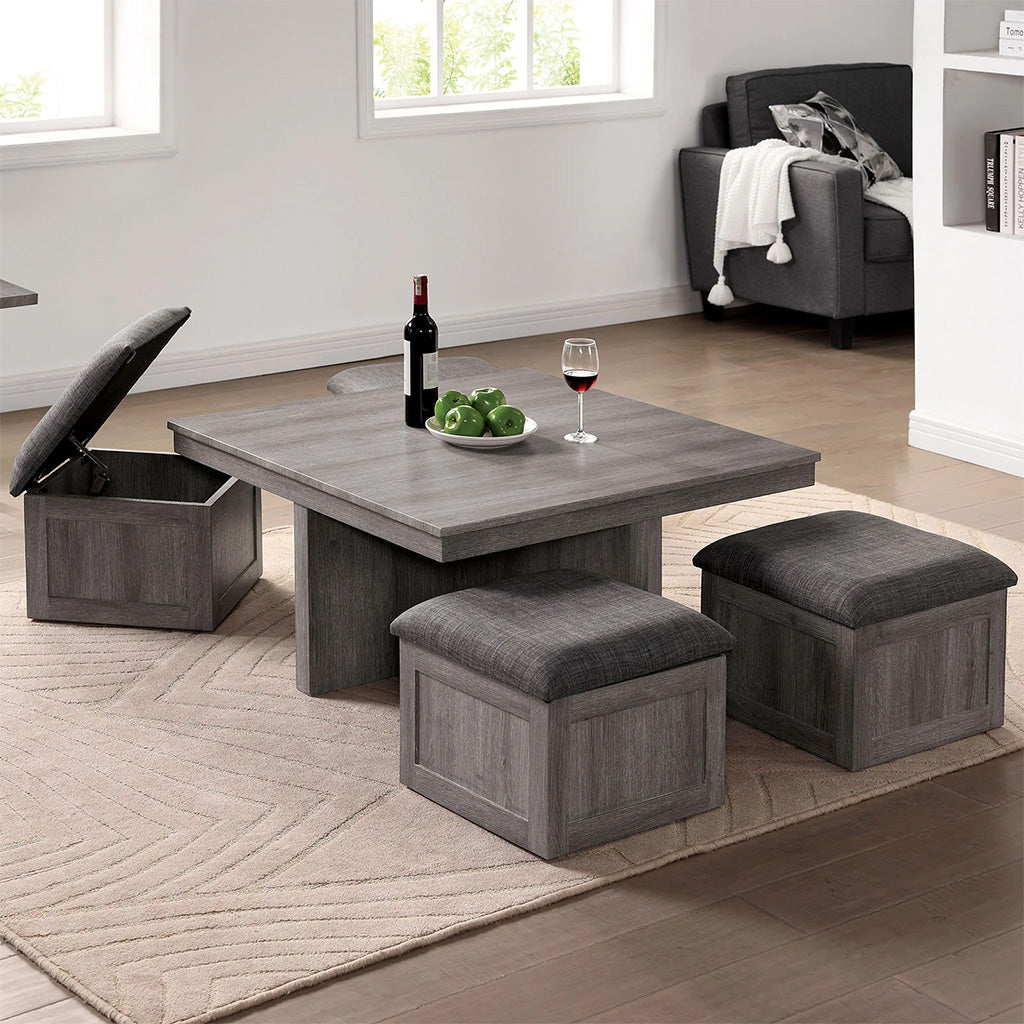
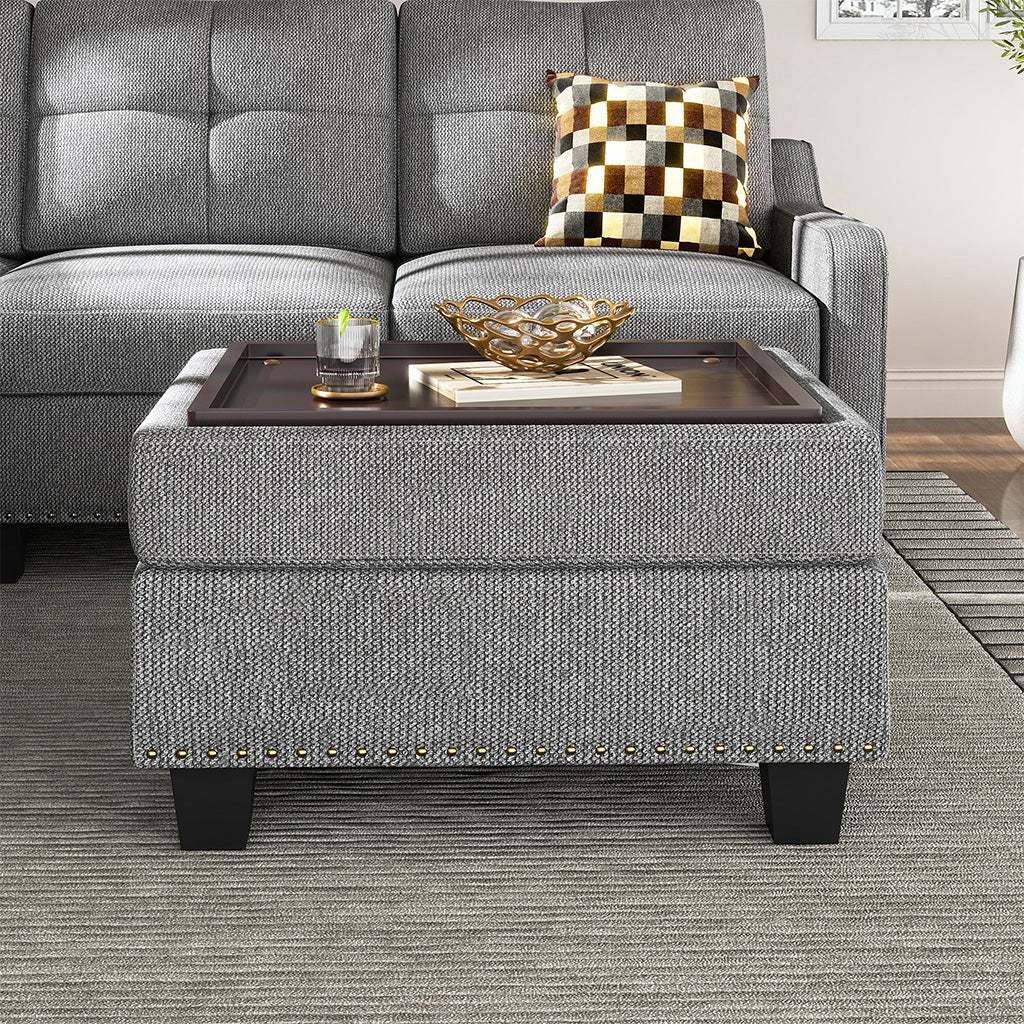
Leave a comment
This site is protected by hCaptcha and the hCaptcha Privacy Policy and Terms of Service apply.